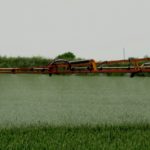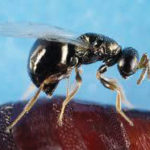Frank, who grows durum wheat, lentils, canola and soybeans south of Regina, Sask., called me mid-August in 2016 to discuss an issue with his wheat crop. He noticed white wheat heads popping up randomly throughout the field. “Could this be from heat blast, like in canola flowers?” he asked. “There are more of these heads […] Read more













